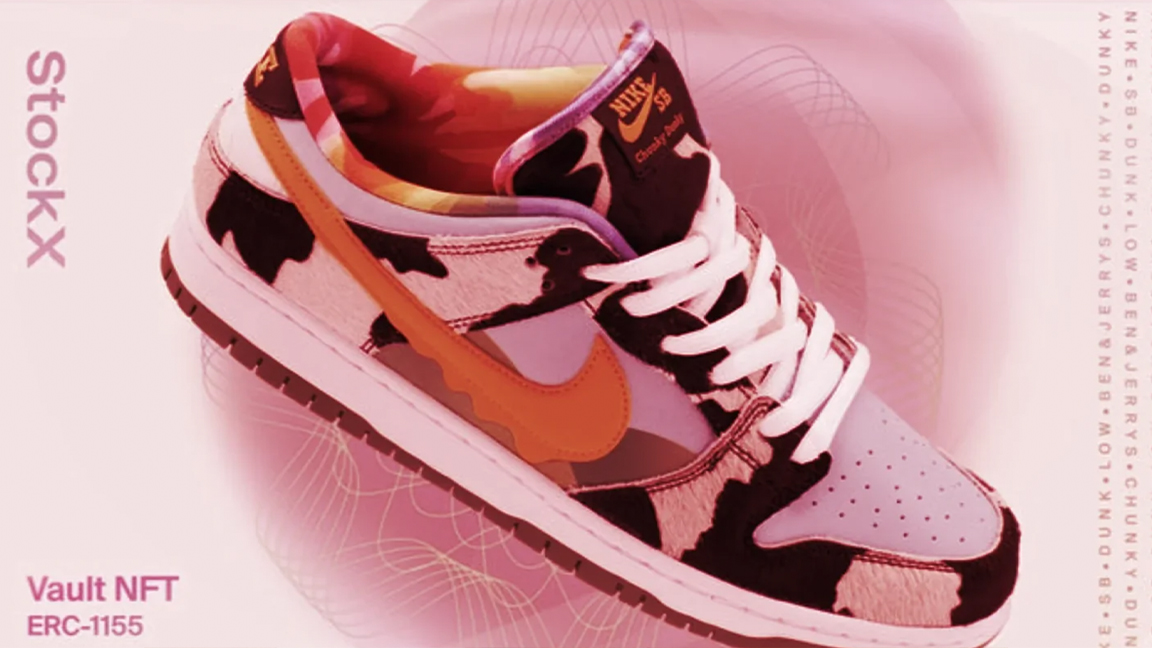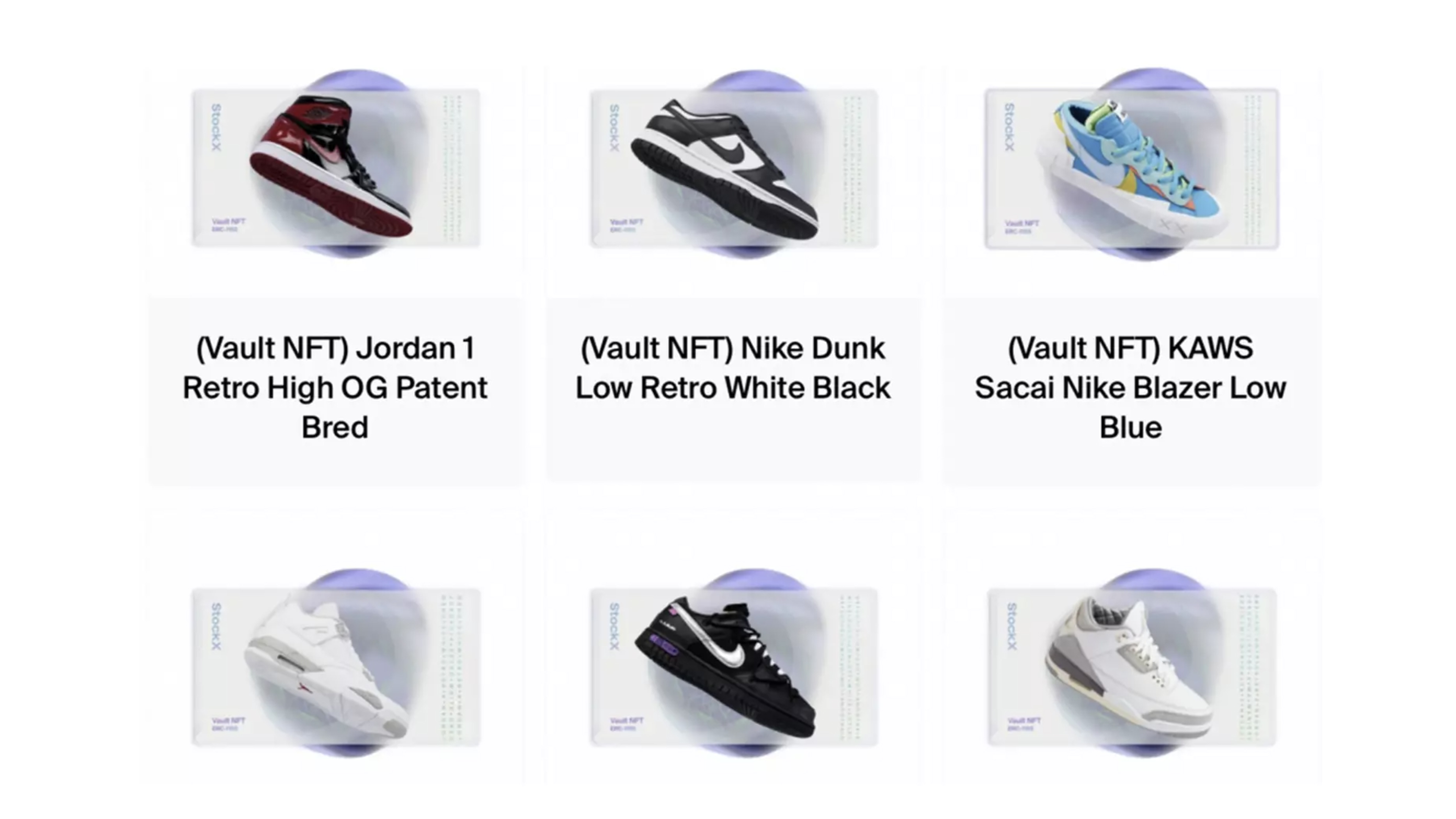
Nike claims some online retailers are selling swoosh-branded trainers and sneakers without permission, and is asking them to be destroyed. The problem is, these are NFTs of trainers and sneakers, so how the heck does that work?
NFTs, or non-fungible tokens, are unique digital assets that are registered on a blockchain; they can't be replaced by something else which creates a scarcity. We explain it all in our feature, What are NFTs?. Generally, an NFT is immutable, which means it will exist on the blockchain forever. Which raises a big problem for brands such as Nike that want to destroy fakes.
Just when we're getting our heads around the ever-changing world of NFTs a new issue arises, and it's actually fascinating. If Nike can legally take control of the alleged fake NFTs it could 'burn' them – send the asset to an inaccessible address, technically removing it from circulation.

It's not the same as destroying fake Nike trainers in real life, and they will still exist. In this case it's Detroit-based StockX, a site that legitimately enables customers to buy and sell used Nike trainers. Now it's selling NFTs, what StockX calls Vault NFTs, of the same shoes (Nike Dunk, Jordan 1, etc).
In its defence StockX says the NFTs are receipts customers can cash-in to purchase their trainers. Nike doesn't hold the same view. As reported by Reuters in its complaint filed last month in a New York federal court, Nike accused StockX of exploiting its brand for NFTs.
The StockX NFTs are minted on the Ethereum blockchain, and they can't be deleted
Nike wants StockX to turn over all profits and the NFTs to be destroyed, which comes back to that tricky issue of how. The StockX NFTs are minted on the Ethereum blockchain, and they can't be deleted. But as mentioned, they can be sent to a burner wallet, which is the equivalent of Nike seizing stock and locking it away in a warehouse – in this case, the NFTs will still exist but will be unavailable to be traded.
This case is a conundrum, and more will likely come as top brands attempt to take control of NFTs and the metaverse. It remains to be seen how a decentralised space can be controlled using traditional courts and copyright law.
Daily design news, reviews, how-tos and more, as picked by the editors.
Read more:
- How to make and sell an NFT
- NFT marketplaces you should know
- The 10 best NFT apps for iPhone

Ian Dean is Editor, Digital Arts & 3D at Creative Bloq, and the former editor of many leading magazines. These titles included ImagineFX, 3D World and video game titles Play and Official PlayStation Magazine. Ian launched Xbox magazine X360 and edited PlayStation World. For Creative Bloq, Ian combines his experiences to bring the latest news on digital art, VFX and video games and tech, and in his spare time he doodles in Procreate, ArtRage, and Rebelle while finding time to play Xbox and PS5.
